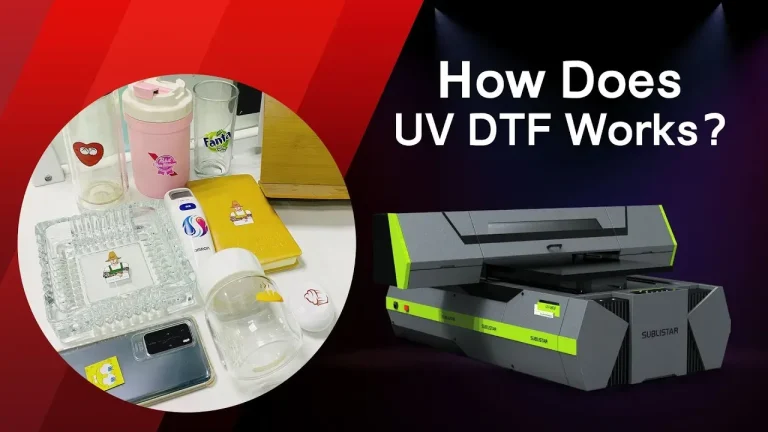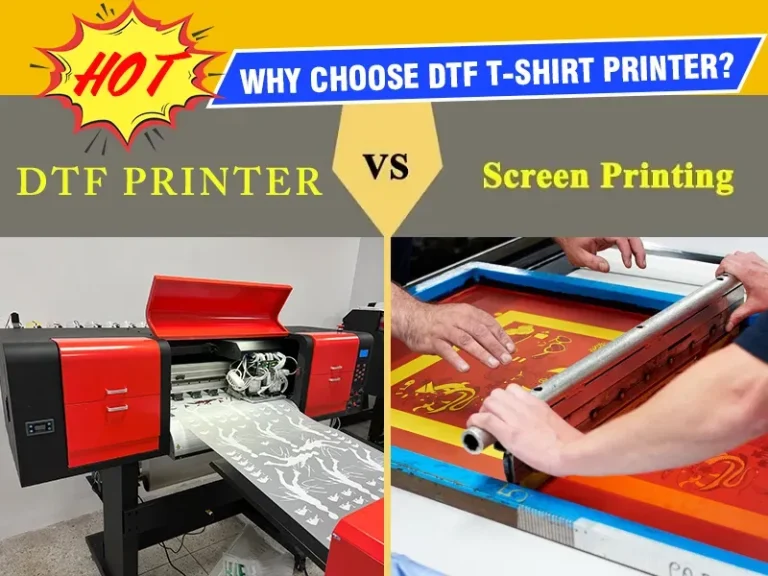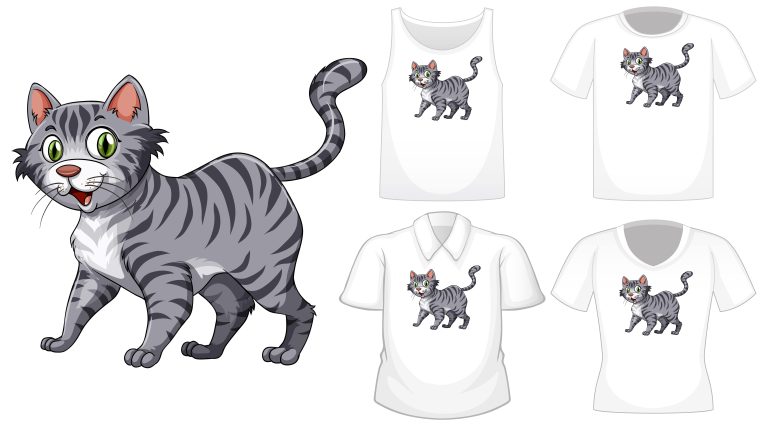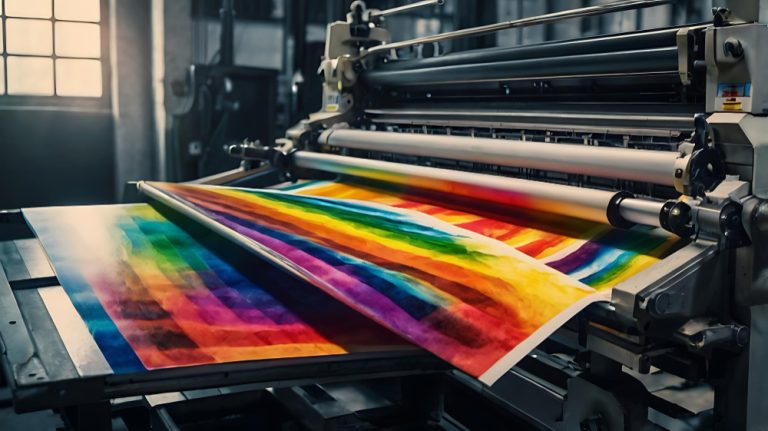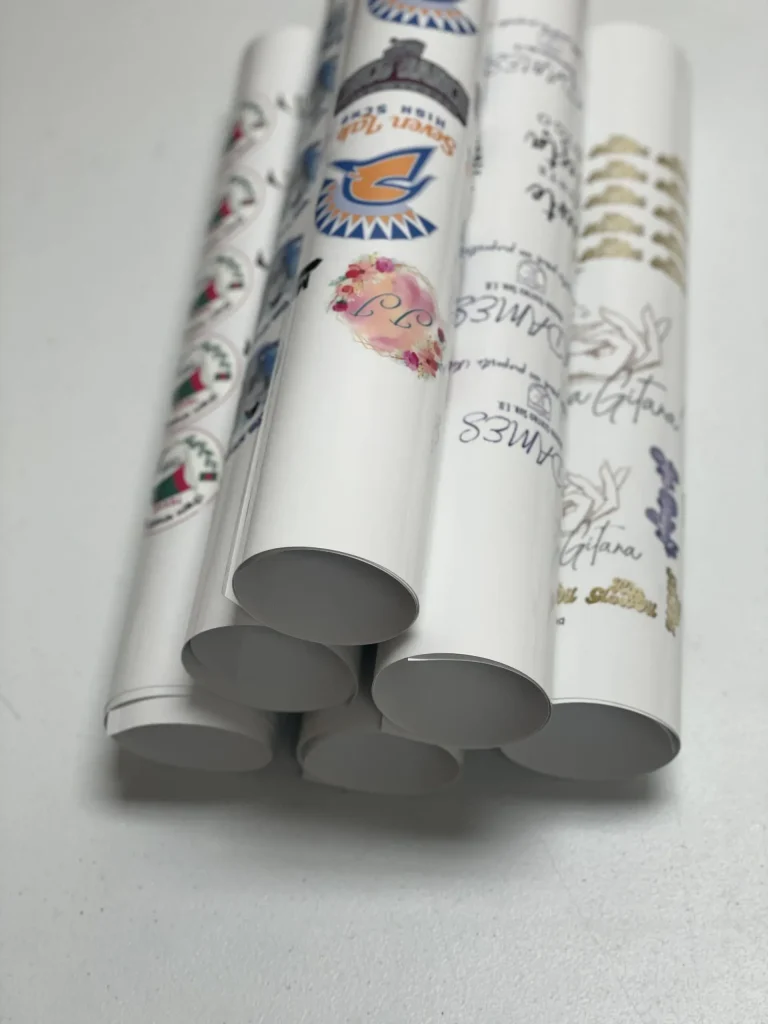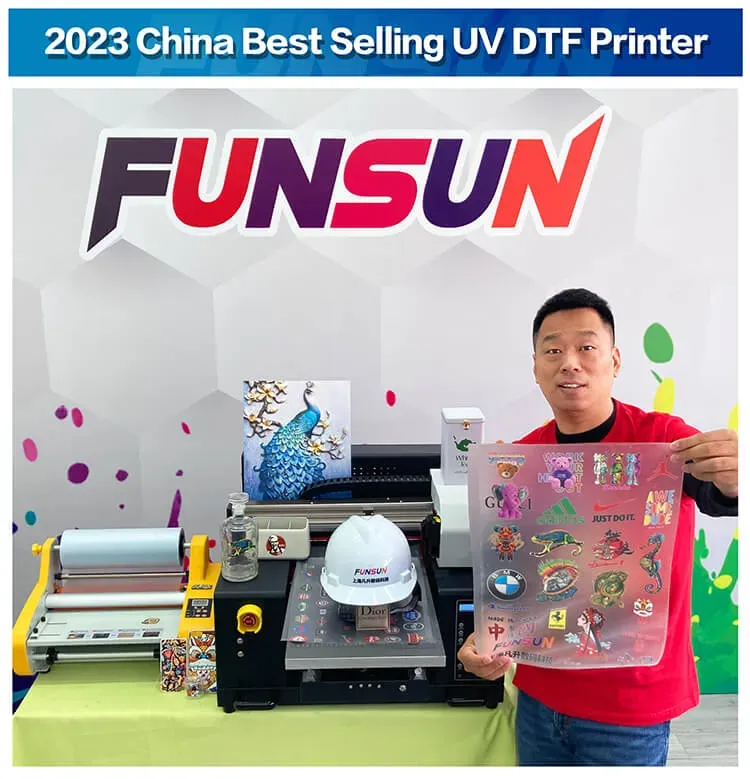
In the ever-evolving landscape of fashion and merchandise, UV DTF printing has emerged as a game changer, transforming the way brands bring their ideas to life. This cutting-edge technique, known for its vibrant color fidelity and exceptional detail, offers an innovative approach to apparel and product customization. With the growing demand for unique and customized pieces, UV DTF fashion is becoming essential for brands looking to appeal to the modern consumer. Moreover, this method aligns with sustainable printing techniques, addressing the environmental concerns that are increasingly prominent in consumer decision-making. As we explore the innovative uses of UV DTF printing, we will uncover the benefits it holds for custom merchandise, and how it seamlessly integrates into the future of fashion apparel printing.
UV DTF, or Direct to Film printing, is revolutionizing the production and personalization of fashion items and promotional goods on a significant scale. This printing approach utilizes UV printing technology to transfer bold and detailed designs onto films that can be bonded to various surfaces. With alternatives like Direct to Garment (DTG) and screen printing becoming less desirable due to their limitations, UV DTF presents itself as a versatile and sustainable option for brands aiming to innovate their merchandise. The rise of bespoke fashion has led to increased interest in printing techniques that enhance customization possibilities while maintaining eco-friendly practices. As we delve deeper into these methods, we will highlight how advancements in this field lead to compelling solutions for fashion designers and merchandisers alike.
Understanding UV DTF Printing Techniques
UV DTF printing, or Direct to Film printing, is an innovative approach to producing high-quality printed graphics on a wide variety of substrates. Unlike traditional printing methods, which rely on various materials and processes that can be environmentally taxing, UV DTF utilizes a more sustainable technique that offers various benefits. By employing ultraviolet light to cure inks as they are printed onto a special film, this method ensures vibrant color reproduction and precise details, allowing for intricate designs that captivate the eye.
This technology has opened new avenues in printing, enabling brands to break free from the limitations imposed by conventional methods. With the ability to print on materials such as leather, synthetics, and other unconventional textiles, UV DTF has become a versatile ally for fashion designers and merchandisers looking to bring their creative visions to life. Whether it’s a unique graphic on a high-end jacket or an eye-catching logo on a tote bag, UV DTF offers the flexibility and quality that modern consumers demand.
The Role of UV DTF in Sustainable Fashion
Sustainability is a crucial concern for the fashion industry, and UV DTF printing offers a way to address this pressing issue. Traditional printing methods often involve significant waste and high energy consumption, contributing to the environmental footprint of apparel production. In contrast, UV DTF employs low-energy UV curing methods, which not only reduce energy usage but also minimize waste by allowing for precise application of inks. As brands increasingly prioritize eco-friendly practices, the shift towards UV DTF represents a conscious effort to embrace sustainable printing techniques.
Implementing UV DTF printing provides a dual benefit: fashion brands can appeal to eco-conscious consumers while reducing their own environmental impact. With innovations in inks that are less harmful and more sustainable, this technology also enhances a brand’s narrative around sustainability. By choosing UV DTF, brands can designate their products as eco-friendly, fostering consumer loyalty and tapping into a growing market of environmentally-aware shoppers who value transparency and responsibility in their purchasing decisions.
Custom Merchandise Revolutionized by UV DTF
The rise of custom merchandise has been significantly fueled by advancements in UV DTF technology. Retailers are now able to offer personalized items, such as phone cases, custom apparel, and accessory bags, in a cost-effective manner. With UV DTF printing, the barriers of minimum order quantities associated with traditional methods are lifted, allowing for smaller runs of unique designs that cater to individual consumer preferences. This adaptability not only drives sales but also fosters customer engagement by enabling shoppers to create bespoke items that resonate personally.
In today’s market, where uniqueness is a key driver for consumer purchasing behavior, UV DTF is a powerful tool for brands seeking to differentiate themselves. By providing customizable options, retailers can meet the growing demand for tailor-made products that express individuality. This capability is not just a trend, but a response to a societal shift towards personal expression through fashion and merchandise, reinforcing the importance of UV DTF in modern retail strategies.
Why Fashion Brands Are Choosing UV DTF Printing
Fashion brands are increasingly turning to UV DTF printing as their preferred method for producing high-quality garments and merchandise. The ability to achieve intricate designs and vibrant colors on a wide range of materials sets UV DTF apart from traditional printing methods. As consumer demand shifts towards more unique and personalized products, brands leveraging UV DTF are able to stand out in a crowded market, creating collections that resonate deeply with their audiences.
Moreover, the seamless integration of technology and creativity in UV DTF printing allows fashion labels to stay ahead of trends. By offering products that reflect contemporary style and consumer preferences—such as sustainable options and custom designs—brands can enhance their appeal and forge stronger connections with their customers. This alignment between production technology and market trends underscores UV DTF’s role as a critical asset in the evolution of fashion merchandising.
Future Trends in UV DTF Printing for Fashion
Looking towards the future, UV DTF printing is expected to witness advancements that expand its capabilities and applications in the fashion industry. As technology progresses, improvements in printing speeds, color fidelity, and the introduction of even more eco-friendly inks will enhance the allure of UV DTF. These developments will likely make this printing method even more appealing to small and medium-sized enterprises (SMEs) that are seeking high-quality production without the financial burden of traditional processes.
Furthermore, as consumer trends continue to evolve, the ability to quickly and efficiently produce customized merchandise will remain a significant advantage. Brands that embrace UV DTF technology will not only keep pace with changing demands but will also lead the charge in innovation within the fashion industry. This trajectory indicates that UV DTF printing will play a pivotal role in shaping the future of apparel and merchandise production, ensuring brands remain relevant in a rapidly changing landscape.
The Essential Advantages of UV DTF for Retailers
Retailers looking to enhance their product offerings and streamline production processes will find UV DTF printing to be an invaluable asset. One of the primary advantages is the cost-effectiveness associated with producing short runs of custom merchandise. Unlike traditional screen printing, which often requires large quantities for cost efficiency, UV DTF allows for the creation of unique items without substantial overhead costs. This flexibility is crucial for brands aiming to respond quickly to market trends and consumer demands.
Additionally, the versatility of UV DTF printing extends beyond the apparel sector, encompassing various merchandise types such as bags, accessories, and promotional items. This capability enables retailers to diversify their product lines effectively, satisfying a broader customer base while fostering brand loyalty. By leveraging the efficiencies of UV DTF, retailers can not only create compelling products but also enhance operational efficiency, making it a key player in the future of retail strategy.
Frequently Asked Questions
What are the advantages of UV DTF printing in the fashion industry?
UV DTF printing offers distinct advantages for the fashion industry, including the ability to create intricate designs on a variety of materials such as leather and synthetic fabrics. This technology enables vibrant color reproduction and high-resolution prints that appeal to fashion brands seeking uniqueness and personalization in their collections. Additionally, its efficiency in small-batch production allows brands to minimize waste and respond quickly to trends.
How does UV DTF printing contribute to sustainable printing techniques?
UV DTF printing utilizes low-energy LED UV curing methods that significantly reduce energy consumption and environmental waste compared to traditional printing methods. By promoting the use of eco-friendly inks that are less harmful to the environment, UV DTF allows brands to market themselves as sustainable, appealing to eco-conscious consumers and improving overall customer loyalty.
Can UV DTF printing be used for custom merchandise production?
Absolutely! UV DTF printing is an ideal choice for custom merchandise production, allowing retailers to create unique promotional items and accessories, such as tote bags and phone cases. This printing technique supports low-volume production runs, enabling businesses to cater to personalized consumer demands without incurring excessive production costs or inventory waste.
What makes UV printing technology essential in modern fashion apparel printing?
UV printing technology is essential in modern fashion apparel printing due to its versatility and efficiency. It allows for printing on diverse materials, creating designs that traditional methods cannot achieve. This capability, combined with high-quality output and speed, helps fashion brands to innovate continuously and meet consumer desires for personalization and unique style.
What future trends should we expect in UV DTF fashion printing?
The future of UV DTF fashion printing looks promising, with expectations of advancements in printing speeds, color accuracy, and further eco-friendly practices. As more brands integrate this technology, we are likely to see creative applications expand, including new inks and substrates that prioritize sustainability while enhancing the consumer experience.
How does UV DTF printing enhance consumer engagement in merchandise?
UV DTF printing enhances consumer engagement by providing opportunities for customization, allowing customers to express their individuality through personalized products. Retailers can offer options like custom graphics on tote bags or phone cases, catering to the rising demand for unique merchandise and fostering a stronger connection between brands and their consumers.
| Key Points | Details |
|---|---|
| What is UV DTF Printing? | A modern printing technology that uses UV light to transfer ink onto films, which can then be applied to various materials such as fabrics and plastics. |
| Adoption in Fashion | Fashion brands use UV DTF for intricate designs on garments, allowing customization and uniqueness that appeals to consumers. |
| Sustainability Benefits | UV DTF is more eco-friendly than traditional methods, using low-energy LED UV curing and less harmful inks, thereby reducing carbon footprint. |
| UV DTF in Merchandise Production | Retailers use UV DTF for promotional items and customizable merchandise, allowing for small batch production and reducing inventory costs. |
| Future Prospects | As technology advances, UV DTF is expected to grow, with improvements in speed, color fidelity, and sustainability. |
Summary
UV DTF printing is revolutionizing the fashion and merchandise industries by combining advanced technology with creative potential. This innovative printing method enhances customization options, provides environmental benefits, and meets the modern demand for unique products. As brands adapt to this cutting-edge technique, they not only enhance their product offerings but also align with sustainability goals. With its ability to print on various materials and support small batch production, UV DTF printing is positioned as a critical driver for future growth and consumer engagement in the ever-competitive landscape of fashion and merchandise.

